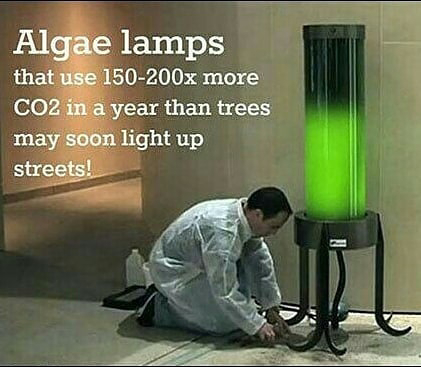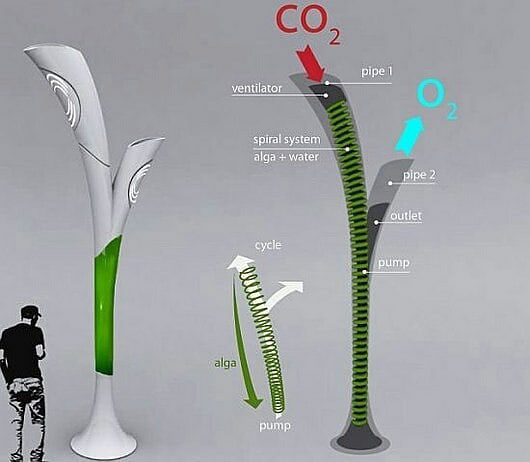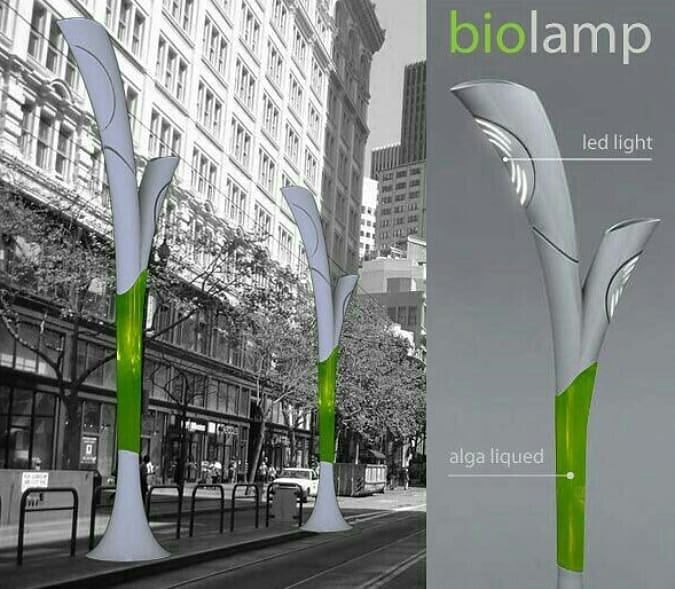THE PLASTIC PROBLEM
You already know that plastic toothbrushes account for a global waste problem. Plastic is cheap, versatile and valuable resource in many ways. However, it has created a disposable lifestyle. 50% of plastic is just used once and thrown away.
Plastic pollution is an unsustainable waste of that resource and it has become an environmental issue. So basically, do you want to continue being part of the problem or are you ready to take a small step to reduce our collective plastic footprint?
Plastic toothbrushes are made from polypropylene plastic (handle) and nylon (bristles), which are both sourced from non-renewable fossil fuels. They are essentially indestructible, which means that the first toothbrush we had when we were kids is still hanging around in some form, somewhere polluting Mother Earth.
Every year billions of plastic toothbrushes are thrown away. They are dumped into our oceans or end up in landfills, where they sit around for about 1000 years before finally breaking down.
Another staggering fact is that by 2050, the oceans will contain more plastic than fish by weight. Quite scary, don’t you think? But the environmental damage is entirely preventable, if we take a small and simple action: switch to a biodegradable toothbrush.
This is bad news for three notable reasons—sourcing, toxicity and disposal.
- Let’s begin with sourcing. Plastic toothbrushes are are no different to the majority of other plastic items; oil-derived. Oil is an increasingly scarce resource that is highly polluting in its extraction, processing and disposal of the waste material.
- The bad news continues—most users of plastic toothbrushes are unaware of the toxicity hidden inside the product they use on a daily (hopefully twice a day), basis. Many brushes leach toxins such as BPA and phthalates which are linked to health problems including reproductive issues and cancer.
- The final issue with plastic toothbrushes comes to when its time to replace them. The vast majority of toothbrushes are not recyclable due to the mix of materials used in their manufacture, and the contaminated plastic in the bristles. As a result, most toothbrushes will end up in a landfill or worse, our seas, where over time they break up turning into microplastics (which we will be covering in a future blog post) —tiny but very harmful pieces of plastic that can kill marine life and even make their way into our food chain and drinking water.
Suddenly an innocuous, everyday item like a plastic toothbrush doesn’t seem so innocent as we think about the repercussions of using them instead of a sustainably-sourced, biodegradable, toxin-free, environmentally less hazardous, alternative.
So what’s the answer? Drumroll please for the bamboo toothbrush. This unsung hero could be doing more for the environment than you think.
Bamboo is the fastest growing plant on earth (up to 3 metres a day for some species). This is an important characteristic as it makes bamboo a highly renewable and super sustainable crop, meaning a small patch of ground can repeatedly be harvested producing enormous amounts of raw materials.
Bamboo can also be cultivated without the use of pesticides or fertilisers which often contain highly toxic chemicals, and to top it off bamboo produces more oxygen and absorbs more carbon dioxide than any other plant.
Sounds like a great alternative to toxic and non-renewable, oil-based plastics!
What about disposal?
Bamboo is biodegradable and can be safely returned to the soil via your compost heap or your local authority’s green waste without fear of leaching toxic chemicals into the environment (provided there’s no toxic paint on the handles).
This leaves only one thing, the elephant in the room, the bristles.
Traditionally toothbrush bristles are made from Nylon which is durable and flexible and provides a good source of abrasion, making it an ideal candidate for brushing your teeth, but it’s not so great for the environment.
The manufacturing process for Nylon is a substantial source of greenhouse gas emissions and the single most significant source of plastic-pollution in our oceans.
Many companies that produce bamboo toothbrushes will neglect to tell you their bristles are Nylon, which can add complexity to their disposal and undermine the efforts of customers trying to live plastic-free.
A common biodegradable alternative is the traditional hogs hair bristle. This is, in my opinion, fairly gross and probably a non-starter as other options go—not only can it be seen as a cruel practice to pluck the hair off a hog’s body to make bristles, it’s also unhygienic as hog’s hairs are hollow and as such are a refuge for bacteria.
If you’re interested, you can find our toothbrush on Amazon at the Link below.





